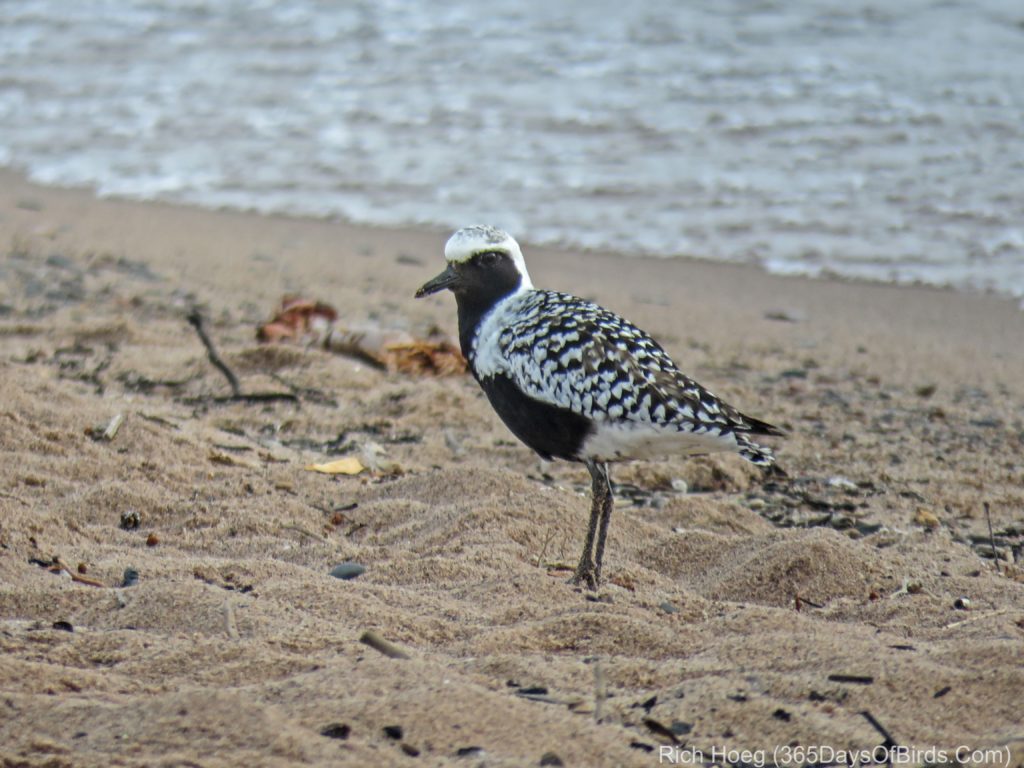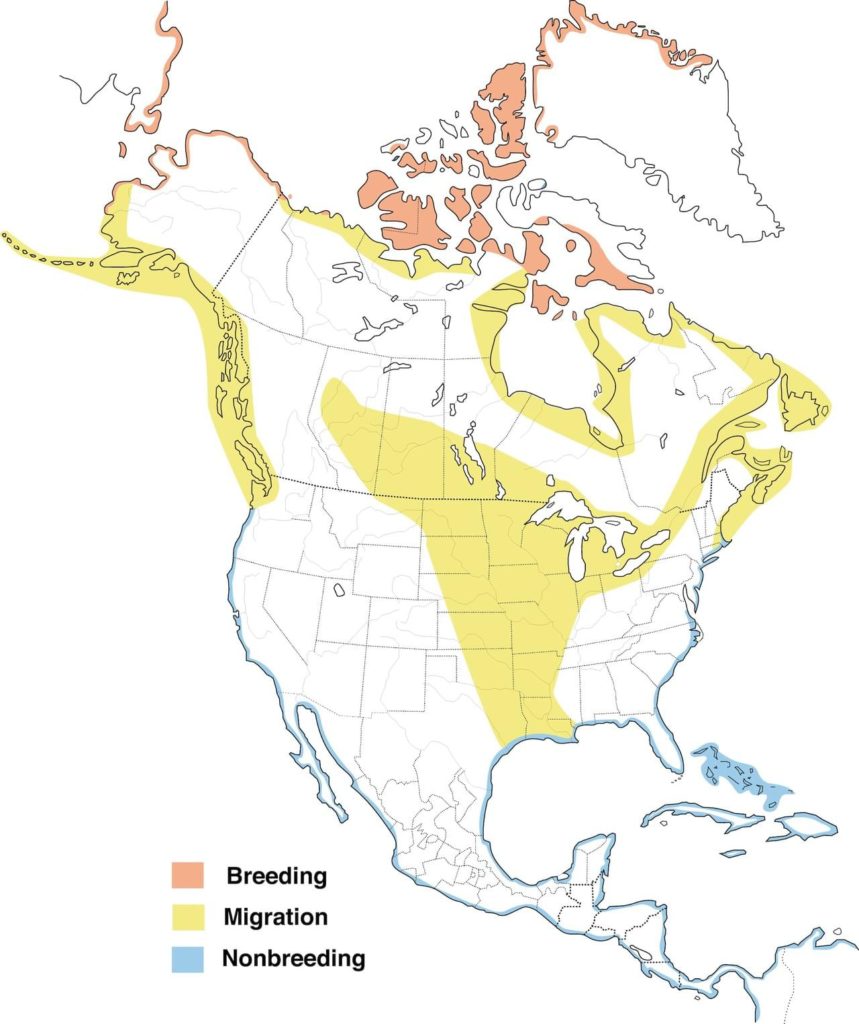The opening verse from the Song of Hiawatha:
On the shores of Gitche Gumee,
Of the shining Big-Sea-Water,
Stood Nokomis, the old woman,
Pointing with her finger westward,
O’er the water pointing westward,
To the purple clouds of sunset.
Lake Superior is magical, which Henry Wadsworth Longfellow knew, and I learned at a very early age. This morning, like many days, I went down to the beaches of Minnesota Point shortly after sunrise. For 45 minutes I had miles of beaches to myself (in terms of humans), but the south wind meant Arctic shorebirds were working their way north and stopping off for a rest on their way up to the Arctic Ocean.
Today’s visitor was a Black Bellied Plover and lots of Ruddy Turnstones. These birds time their migration to hit Lake Superior as it finally comes alive after a long cold winter, and then wait before going much further north. The Arctic is still frozen and the lakes iced over.
Both species of birds nest in approximately the same area, and when I say Arctic regions … I mean WAY UP North!!! This map is from the Cornell School of Ornithology.
Ruddy Turnstones Wave Dancing!
Discover more from 365 Days of Birds
Subscribe to get the latest posts sent to your email.
Hi, Rich.
I saw the Black-bellied Plover this morning; then I saw you photographing it! I got a good eyeful, then turned away, thinking you’d be anxious about me walking your way and flushing the plover. Hadn’t seen one of those in decades, so I was pretty pleased. Sorry I missed the turnstones. Did see my first ever Red-throated Loon later, though. A good morning. It was fun to spot you again so soon after talking with you on the Western Waterfront Trail the other day.
I wondered who the other person was down by the beach house. The other shorebirds were towards the Superior Entry. I tend to have better success by parking at Sky Harbor and then walking towards the Superior Entry … fewer people. Thanks for letting me photograph the Plover in private. Many folks would have not have made that decision.